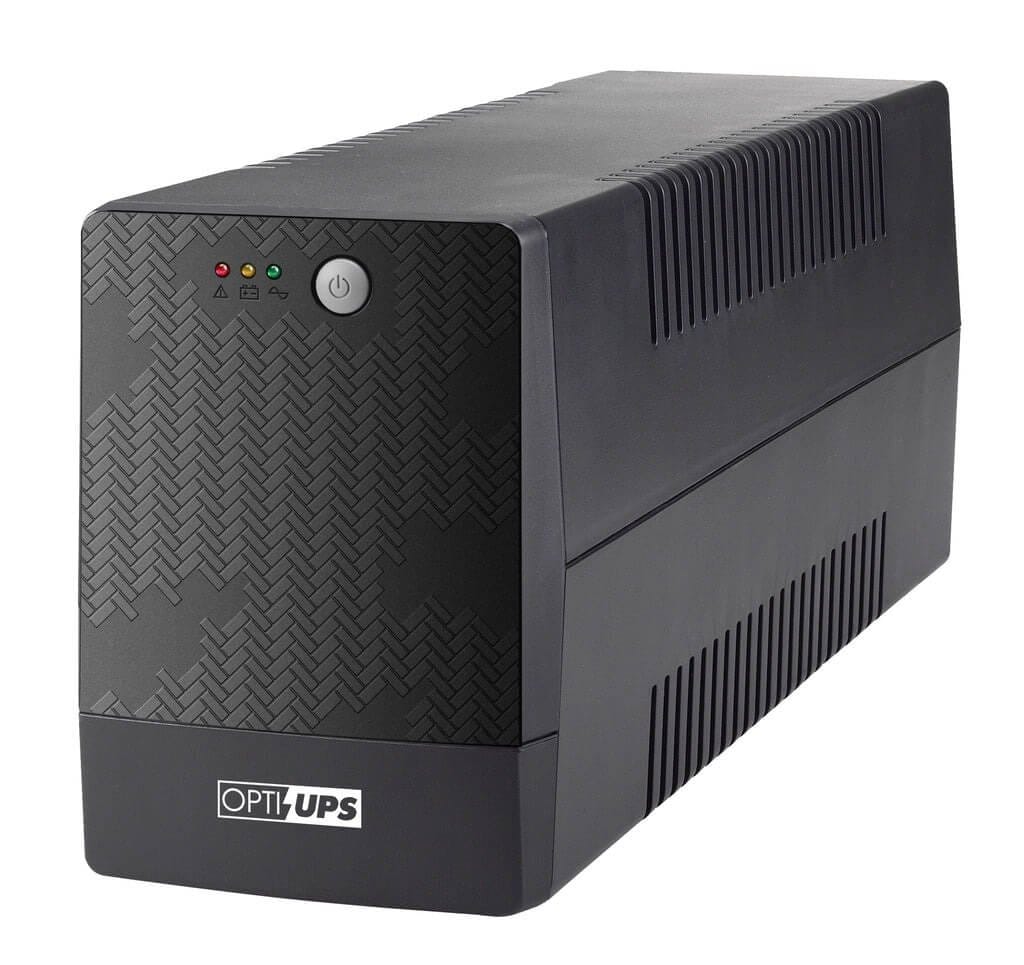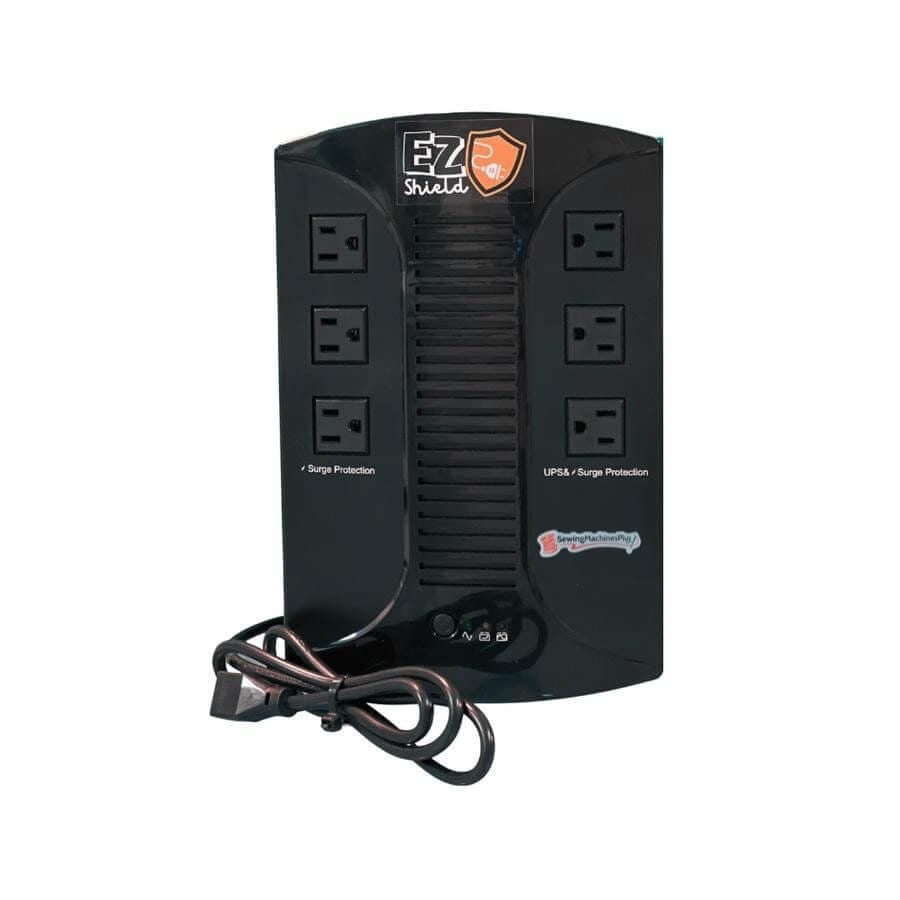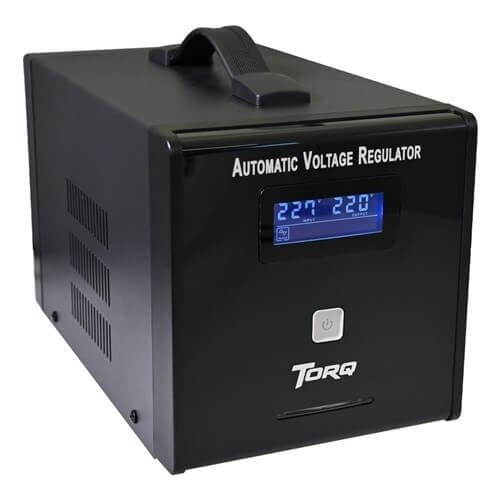The introduction of uninterruptible power supply technology combined with intelligent voltage regulation is a paradigm shift in the philosophy of critical power protection. Modern UPS equipped with automatic voltage regulation systems go beyond the traditional ideas of backup power, providing an all-encompassing power conditioning solution that responds to not only utility outages but also the most prevalent form of power issues seen in the current electrical infrastructure, namely power quality disturbances. It is especially important as facilities are increasingly reliant on voltage-sensitive equipment, which requires not only constant power, but also stable, clean power as well.
The modern power environment is offering more extreme challenges than ever before, and it goes way beyond utility outages. Voltage sags, surges, harmonics, and frequency changes happen with disastrous regularity, and can be very damaging to accumulate over time. Modern UPS automatic voltage regulation systems can resolve these complex power quality challenges using intelligent real-time correction systems that keep the connected loads operating optimally.

Understanding Integrated UPS-AVR Technology
The underlying theory of UPS in which the voltage is automatically regulated is that the energy storage capacity is properly integrated with active voltage correction technology. Conventional UPS systems concentrated mainly on continuity of power during utility interruptions, but did not pay much attention to the quality of the voltage under normal operation. Modern integrated systems understand that voltage disturbances happen consistently and have to be managed at all times to avoid equipment degradation and operational disruption.
UPS systems provide automatic voltage regulation that works based on advanced control algorithms to continuously measure incoming voltage parameters. Such systems identify variations in nominal voltage levels within milliseconds and take corrective measures without going into battery mode. This methodology dramatically increases battery life and offers greater protection to connected equipment in the event of the vast majority of power quality events that do not necessitate activation of backup power.
The technology supports various voltage correction methodologies which are embedded in the UPS architecture. Buck-boost transformers offer bi-directional voltage correction to moderate voltage variations, and usually support nominal voltage deviations of ±15 to 20 percent. In more extreme voltage anomalies, beyond correction limits, the system automatically switches to battery power, and the power is delivered without interruption, regardless of the input.
System Architecture and Control Strategies
In more recent UPS automatic voltage regulation systems, microprocessor-based control systems are used which continuously evaluate the nature of input power and calculate the best strategies to correct the power. In order to gain the optimal response of the system, the control algorithms take into account a set of parameters, such as the intensity of the voltage, stability of its frequency, harmonic content and load nature. This smart design implies that the voltage correction is performed when it is needed and at times of minimum component pressure and maximum system output.
Integrated UPS-AVR systems commonly have several conversion stages in their power electronics architecture, each optimized to a particular operating environment. Normal operation depends on the voltage regulation circuitry to keep the output voltage stable as long as the battery charging system is in charge of energy storage. When there is a utility blackout, the system shifts the operation to inverter mode where the battery bank supplies power to keep it running.
The latest systems will contain predictive algorithms which will be able to study the tendency to the quality of power and to predict that it is necessary to make corrections. Such proactive methodology allows pre-positioning of correction systems in order to reduce transient voltages during switching. The outcome is high-quality power that is nearly laboratory stable even under utility stress.
Applications in Critical Infrastructure
The use of UPS with automated voltage regulation systems cuts across a wide range of applications where both continuity of power and power quality are critical. This is the most challenging application setting, as server equipment needs to operate on stable voltages to ensure the reliability of the processing operations and eliminate data corruption. Coupling of UPS backup facility and continuous voltage regulation provides the best operating environment to the sensitive IT equipment and reduces the chances of equipment damage due to power quality disturbance.
Another area of application that could be extremely critical to the healthcare facilities is the interruption of power that may prove fatal to life. It is not just a case of providing backup power because medical equipment is sensitive to changes in voltage. UPS systems with automatic voltage regulator features will continuously keep diagnostic equipment, life support systems and other vital medical devices within a predetermined voltage range.
Integrated UPS-AVR protection is becoming a standard element of industrial control systems to ensure continuity of process and product quality. The sophisticated UPS systems provide a constant voltage environment to programmable logic controllers including variable frequency drives and instrumentation systems. The fine control of voltage handling during the utility outage avoids process disruption leading to product losses or machine breakdowns.
Telecommunications and Network Infrastructure
Telecom infrastructure is one of the most challenging applications of UPS automatic voltage regulation systems. The nature of network equipment is that it remains operational at all times and must be exceptionally reliable in order to ensure services of communication. Network interruptions, data packet loss, equipment malfunctions can occur as a result of voltage variations that ripple across whole communication networks.
Since telecommunications equipment is 24/7 operational, it is true that even short time voltage spikes will cascade into service quality. Modern UPS with automatic voltage regulation systems provide the dual protection of backup power for outages and continuous voltage conditioning for ongoing operations. With this end-to-end solution, critical communication infrastructure will achieve highest uptime and service reliability.
Remote telecommunications plants add additional concerns where utility power quality may be extremely low and service recovery times may be long. UPS-AVR systems destined to be used in these applications include long-term battery backup options and powerful voltage regulation features that help ensure that operations continue when utilities are disturbed over long periods.
Performance Characteristics and Efficiency Optimization

The efficiency characteristics of modern UPS with automatic voltage regulation systems represent significant improvements over traditional UPS designs. They can be operated at a higher overall efficiency by keeping utility power connected during normal operation and offer a better level of power protection by correcting the voltage through efficient transformer-based or electronic correction techniques.
The optimization of energy efficiency is of specific interest in applications that demand high power continuously. The low conversion loss UPS systems with 100 percent power protection are used in data centers, manufacturing plants and other high-power consumption industries. In the normal operation, modern systems can be 95% efficient to save much cooling requirement and operational costs.
The dynamic response properties of integrated systems allow a voltage disturbance to be corrected quickly without incurring the energy losses that are inherent in operating continuously with a two-conversion process. This is the most efficient type of special correction and the quality of the voltage is in the high standards of the existing electronic devices.
Battery Management and Longevity
Battery management is one of the important factors in the design of UPS automatic voltage regulation systems, since the addition of voltage regulation features may drastically change the battery usage patterns. Integrated systems cut battery cycling and increase service life dramatically by addressing most power quality concerns directly by regulation of the incoming voltage instead of using batteries.
High level battery management systems check the performance of each individual cell and adjust the charging parameters according to the operating conditions and aging properties. Temperature Compensation, equalization charging, capacity Testing – The highest possible battery reliability and service life. The decreased use of battery power in regular voltage correction events results in batteries being charged at the optimum level and reduced stresses due to repeated discharge cycles.
Predictive battery monitoring features allow replacement scheduling before failures occur and avoid sudden battery failures that might cause system downtime. These monitoring systems enable us to monitor the performance of such batteries over time, and they also provide early warning of developing issues to enable maintenance to be planned during planned outages rather than emergency maintenance, performed during critical operations.
Installation and Integration Considerations
Environmental conditions and maintenance accessibility as well as electrical integration requirements must be taken seriously when installing UPS with automatic voltage regulation systems. The system size required also needs to be established to support the constant load and the voltage correction range required to support the expected utility variations.
Integrated UPS-AVR systems site preparation includes analysis of incoming power quality to establish an appropriate range of corrections and system configuration. Prolonged power quality monitoring assists to set the baseline conditions as well as determine particular power quality challenges that the system needs to rectify. The analysis will make sure that the system chosen has sufficient safeguards against all the expected operating conditions.
It needs to be integrated with other electrical infrastructure and coordinated with downstream protective devices and load equipment. The UPS system has the best protection and can be easily integrated with the current electric systems with proper coordination. It too is an integrative process, and typically, it requires the adjustment of protective equipment, and ensures that they do not come into contact with the voltage-sensitive equipment.
Environmental and Cooling Requirements
The UPS environmental requirements with the automatic voltage regulation systems include the electronic components, as well as the battery systems. Temperature control will be required in order to establish the stability of the system and the highest service life of the parts. Integrated systems produce heat when performing voltage correction and charging processes, so they need proper ventilation and cooling.
Humidity control removes condensation and corrosion which can weaken the electrical contacts and electrical components. Sealed battery systems need a lot less environmental control, but stable temperatures continue to help increase service life and performance.
In areas where earthquakes are likely to occur, seismic considerations will be relevant, and appropriate mounting and restraint mechanisms should be used to ensure the system integrity during the occurrence of seismic activities. UPS integration with voltage regulation features should take into consideration the mechanical strains which may arise during seismic activity.
Advanced Monitoring and Diagnostic Capabilities
UPS systems having the modern automatic voltage regulation devices also have large monitoring and diagnostic facilities, which can provide detailed information about the system performance and quality of power provided in the system. Monitoring input and output voltage parameters in real time allows facility managers to see the quality trends of power and determine the problems that are developing before it affects operations.
Remote monitoring allows distributed UPS systems to be centrally monitored, and facility managers have complete visibility of the status of power protection systems in more than one location. Such systems are capable of producing automatic alarm condition, maintenance and performance anomaly notifications.
Patterns in power quality disturbance and optimized configuration of local systems can be identified using trending and historical data analysis functions. This is a data-driven strategy that allows the constant increase in power protection efficiency and can be used to justify a system upgrade or change based on the performance requirements reported.
Predictive Maintenance and Reliability Enhancement
Modern systems have predictive maintenance capabilities designed to analyze the performance trends of the components and foretell the need to maintain them before they fail. It is a prevention system that is not only able to help minimize the effect of an unplanned unexpected downtime, but it will also save the maintenance cost according to the most appropriate time of the day and parts inventory.
Component health monitoring monitors the performance of key components in the system such as batteries, power electronics, fans and control systems. Degradation trends raise maintenance alarms that can permit proactive replacement of components during planned maintenance periods and emergency replacement during critical processes.
Future Technology Trends and Evolution
The development of the UPS automatic voltage regulation technology has remained constant due to the increasing power quality and energy efficiency requirements. The new-generation semiconductor technologies such as wide bandgap semiconductor have better efficiency and system size with enhanced performance properties.
Grid-interactive capabilities are a new trend in which UPS systems can offer services to the utility grid when operating normally. Such features as peak shaving, frequency control, and reactive power supply are also present and may offer even more value than power protection capabilities.
Integration with a renewable energy system and energy storage technology provides the possibilities of enhancing the functionality of a system and increasing its economic value. These integrated systems can reduce the cost of power and provide high-quality power protection and grid support services.

Conclusion
A technology breakthrough in the critical power protection realm which is plagued with a myriad of layers of power quality issues which are beginning to bury the modern facilities is a combination of UPS and automatic voltage regulation technology. The capability to offer backup power capability and continuous voltage conditioning in a single built-in architecture provides a higher level of protection as well as energy efficiency and system complexity reduction.
UPS-AVR systems are not only safe equipment, they are also reliable in working and saving energy, not to mention low maintenance. With more and more facilities relying on voltage sensitive equipment, the value of detailed power conditioning just keeps increasing.
During the last 80 years, IET led the technology of power protection in East Africa and provided new solutions that ensure the continuity of operations in critical operations. We are not new to UPS with automatic voltage regulation systems and we are already aware of issues in the regional power infrastructure that have led to us being the company with the most demanding needs in terms of power protection requirements. Our certified engineer team provides the highest form of power protection to your critical systems whether during initial system design or during subsequent support and maintenance. Call IET today and learn how we can help you make your facility more reliable in both power and continuity of operation using the power of our advanced UPS solutions.
